Slow or Fast Charging,DC or AC charging, which way do you prefer?
Currently, the main charging methods for new energy vehicles are fast charging and slow charging. Fast charging primarily uses DC charging piles to provide high current for a short period to charge rapidly; while slow charging mainly utilizes household power sources and AC charging piles for long-duration, low-current charging. Both methods have their own advantages and disadvantages, suitable for different usage scenarios.
Understanding the characteristics and usage restrictions of these two charging methods helps to better select and use the appropriate charging method. Fast charging (DC charging) can quickly charge an electric vehicle within 30 minutes to 1 hour, making it suitable for long-distance travel or situations where a vehicle is urgently needed. However, frequent use of fast charging may affect battery life, and the construction cost of fast charging stations is high, so they are less common and mainly located in highway service areas and large parking lots. Slow charging (AC charging), on the other hand, is gentle on the battery, cost-effective, and ideal for home or workplace charging during extended parking periods, but it is not suitable for situations requiring immediate use or long-distance travel due to its longer charging time.
The difference between DC (Direct Current) and AC (Alternating Current) EV chargers lies mainly in the speed of charging, the complexity of the equipment, and how they deliver power to the electric vehicle's battery.
AC EV Chargers:
- Charging Process: AC chargers supply alternating current to the vehicle, where it is then converted to direct current by the car's onboard charger to charge the battery. This process limits the charging speed due to the onboard charger's capacity.
- Speed: Typically slower, providing a 'Level 1' or 'Level 2' charging speed. 'Level 1' usually uses a standard 110V household outlet and can take many hours to a full day for a full charge. 'Level 2' uses a higher voltage (usually 240V) and can charge a car fully in a few hours.
- Infrastructure: These are simpler and less expensive to install and maintain. They are commonly found in homes and public parking areas.
- Versatility: Generally more versatile for daily use as they are more widespread and can be installed at home.
- Charging Process: DC chargers convert power to direct current externally and deliver it directly to the vehicle's battery, bypassing the car's onboard charger for a much faster charge.
- Speed: Significantly faster, offering 'Level 3' or 'DC fast charging'. These can charge an EV battery to 80% in as little as 20 minutes to an hour.
- Infrastructure: They are more complex and expensive to install and are typically used in commercial or industrial settings, like fast-charging stations along highways.
- Versatility: While not as common as AC chargers due to their cost and infrastructure requirements, they are perfect for long-distance travel where quick recharging is necessary.
In essence, AC chargers are akin to refilling your tank with a garden hose—steady and reliable for regular use, while DC chargers are like a fire hose, delivering a rapid refill when you need to get back on the road quickly.
Shenzhen Sympres Technology Co. Ltd
a leading supplier of innovative and reliable EV chargers and wallbox chargers
www.symplug.com
Whatsapp: +8613537523979
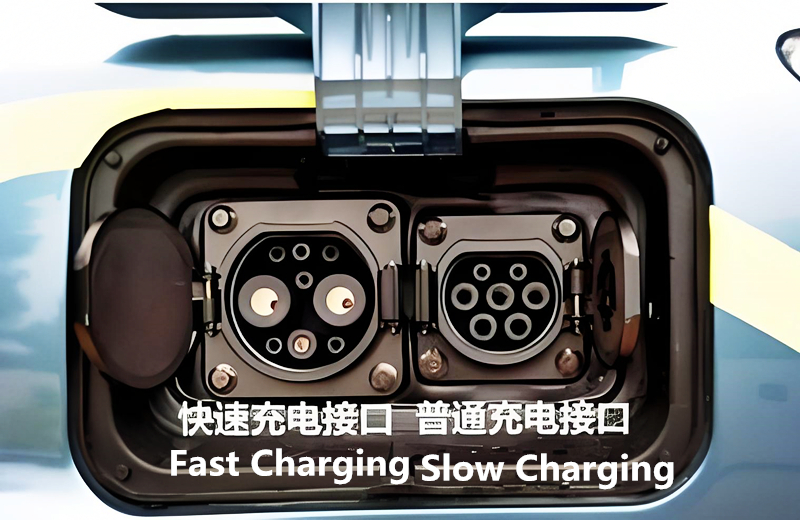

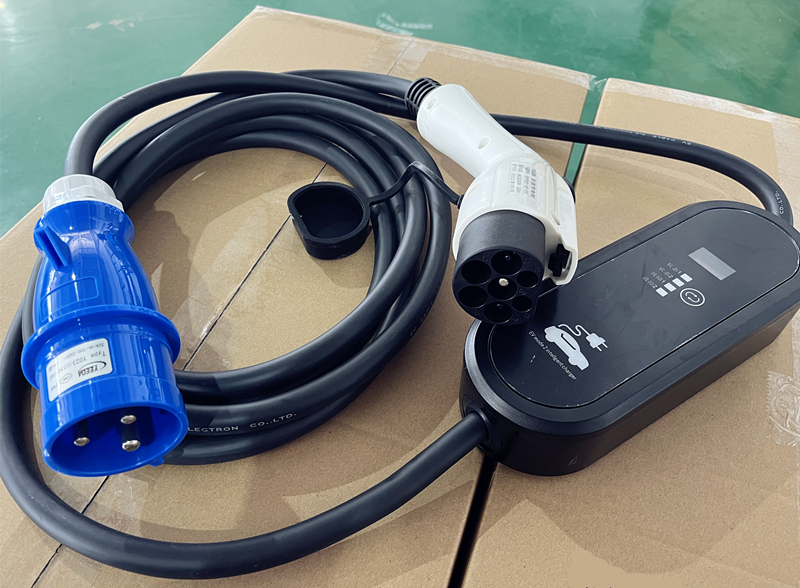
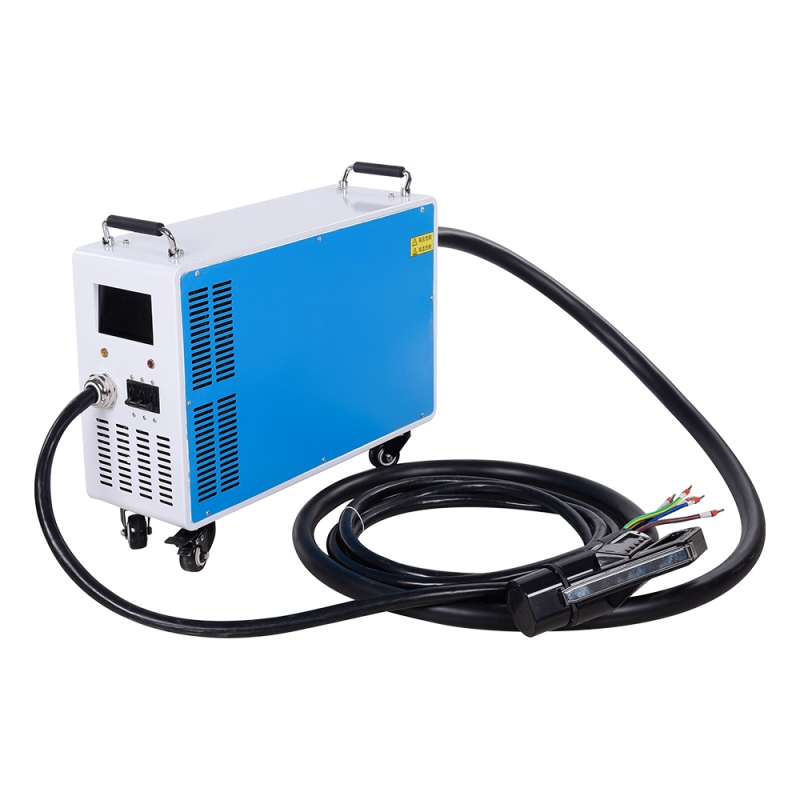
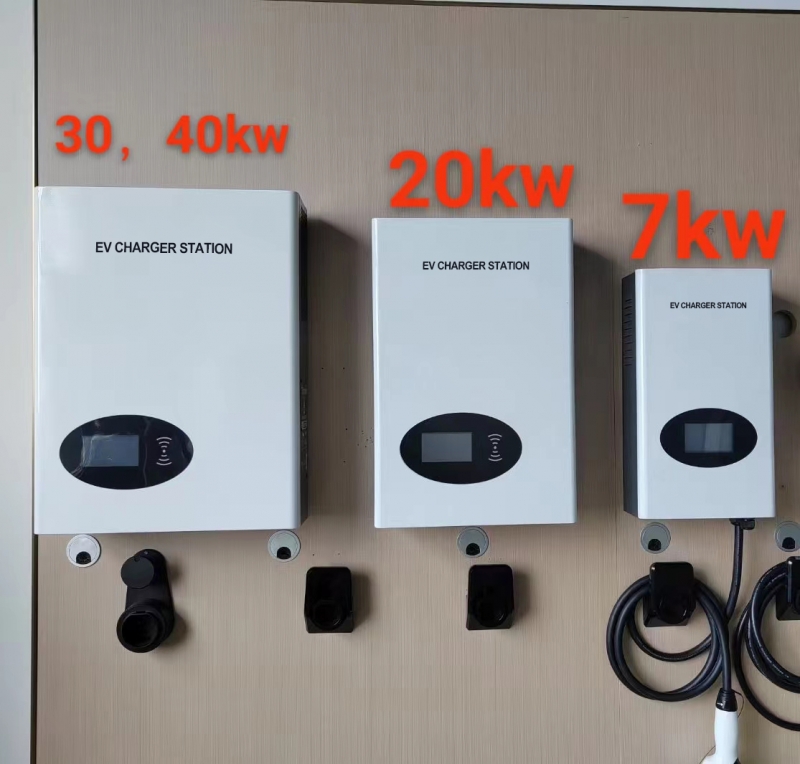
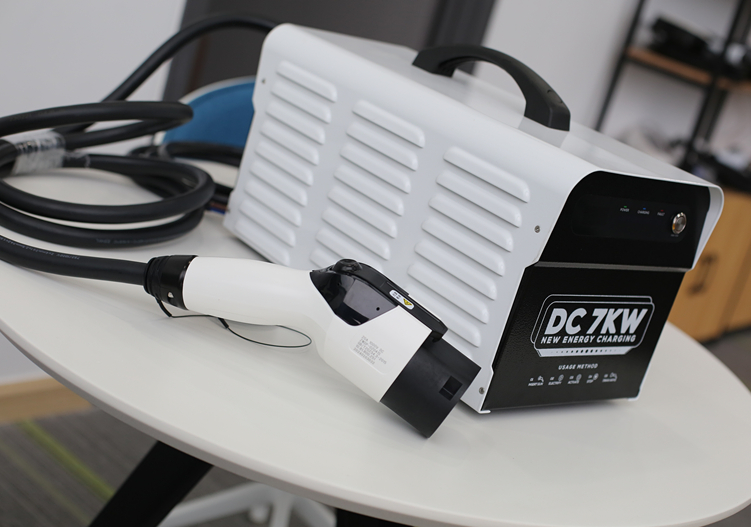
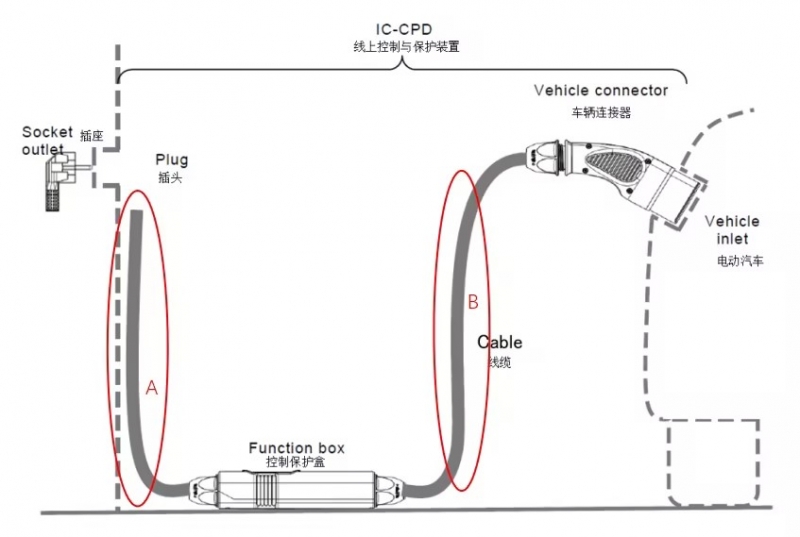

 Send Email
Send Email Jane_ev
Jane_ev